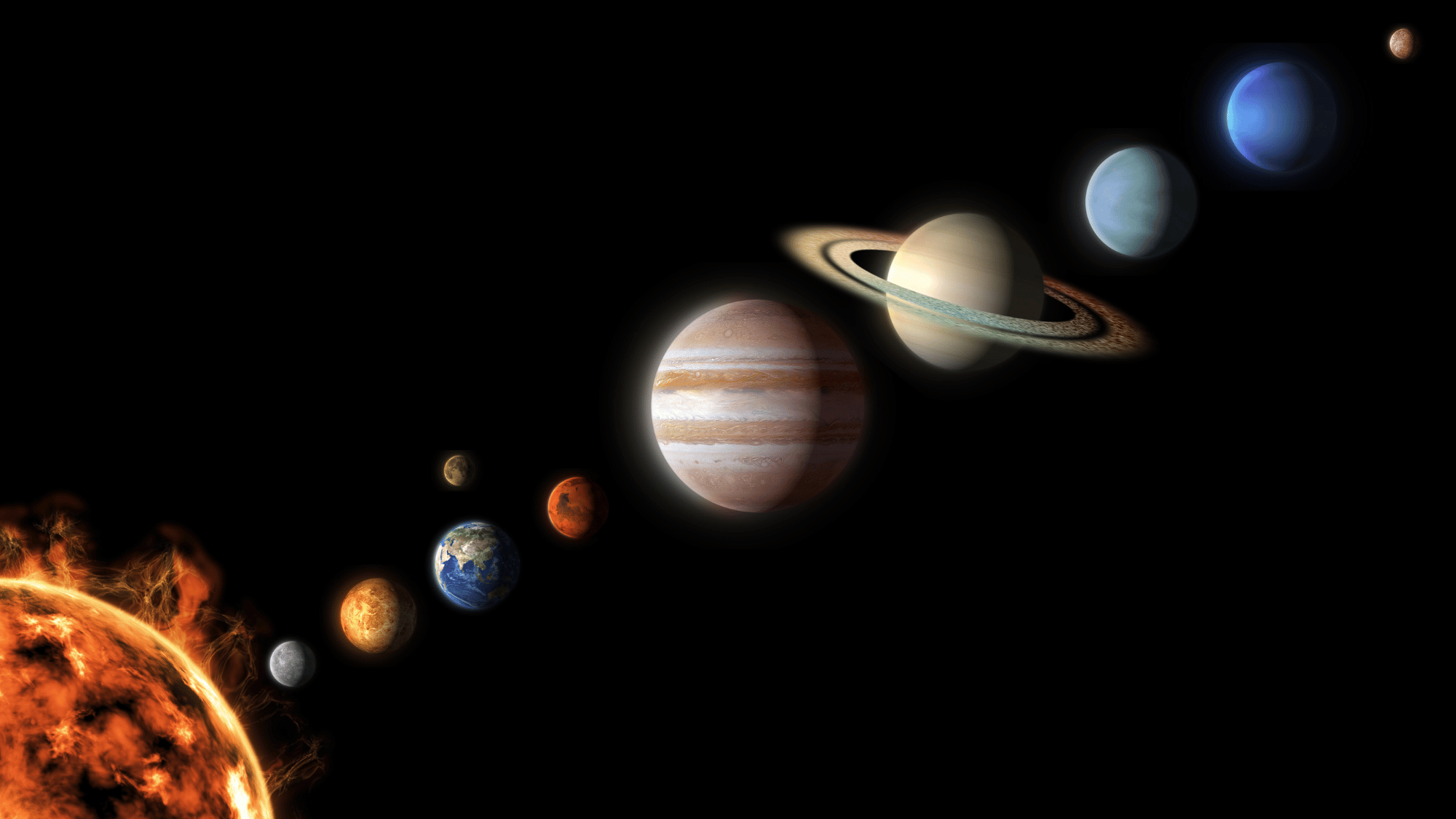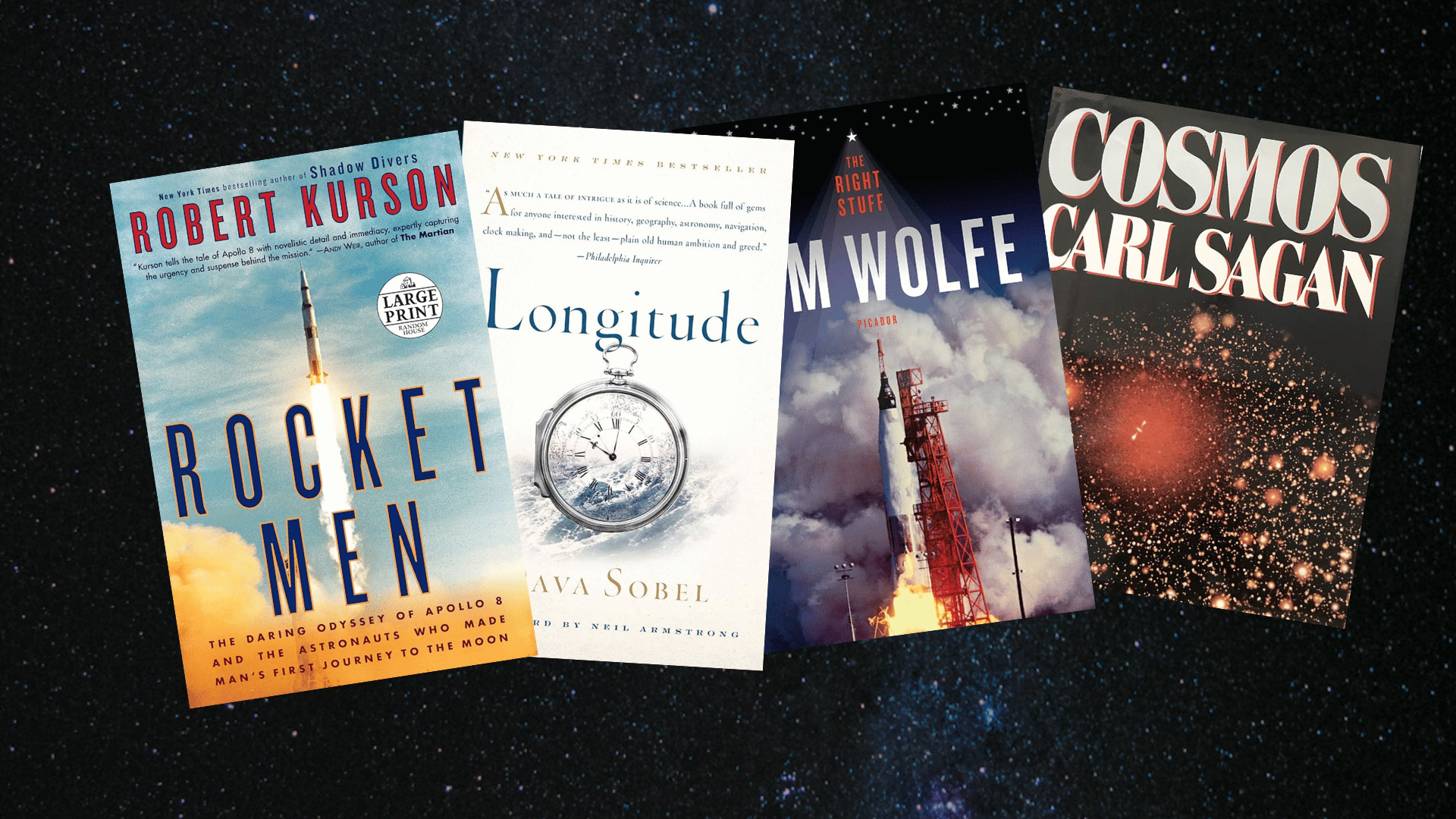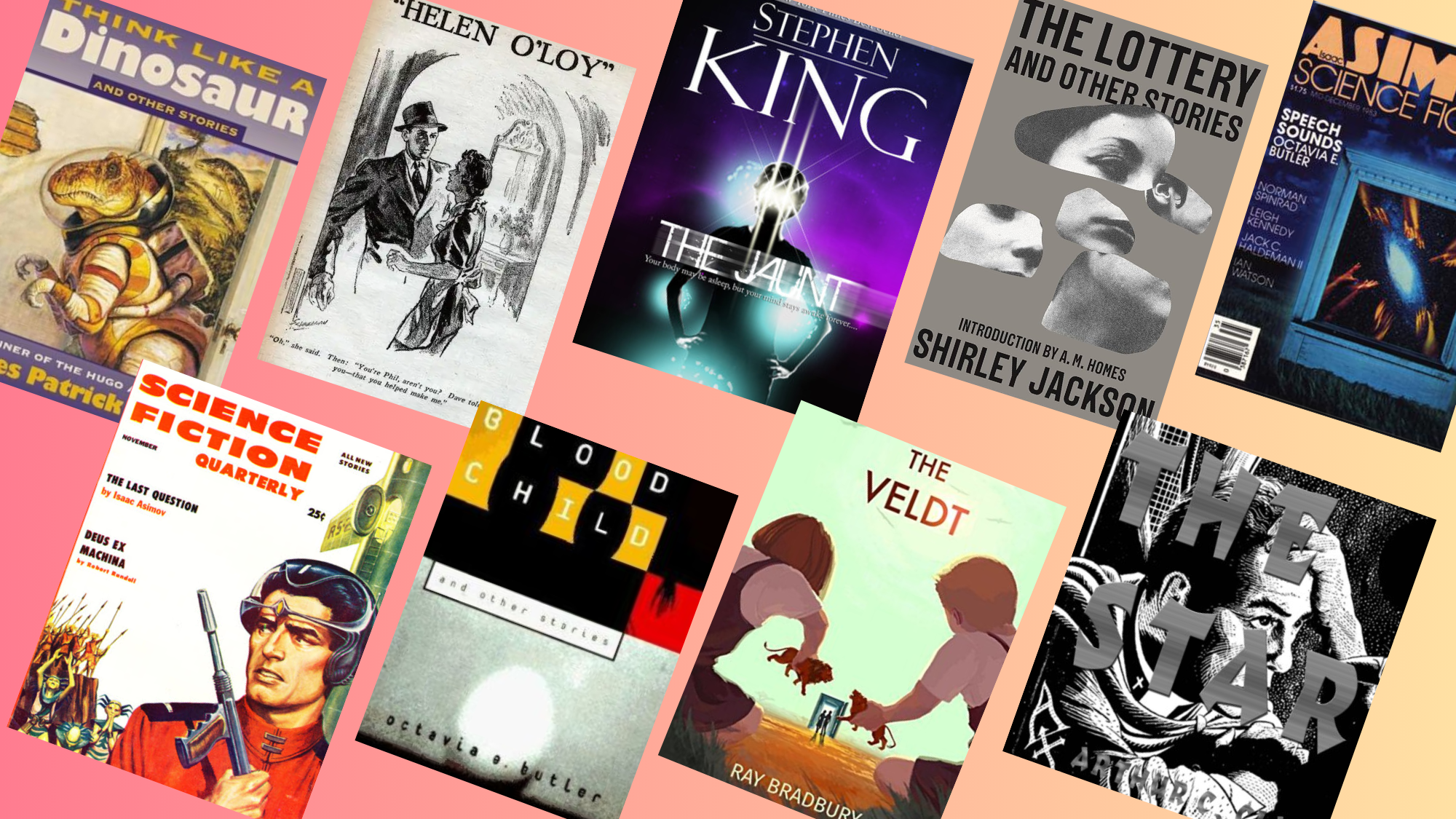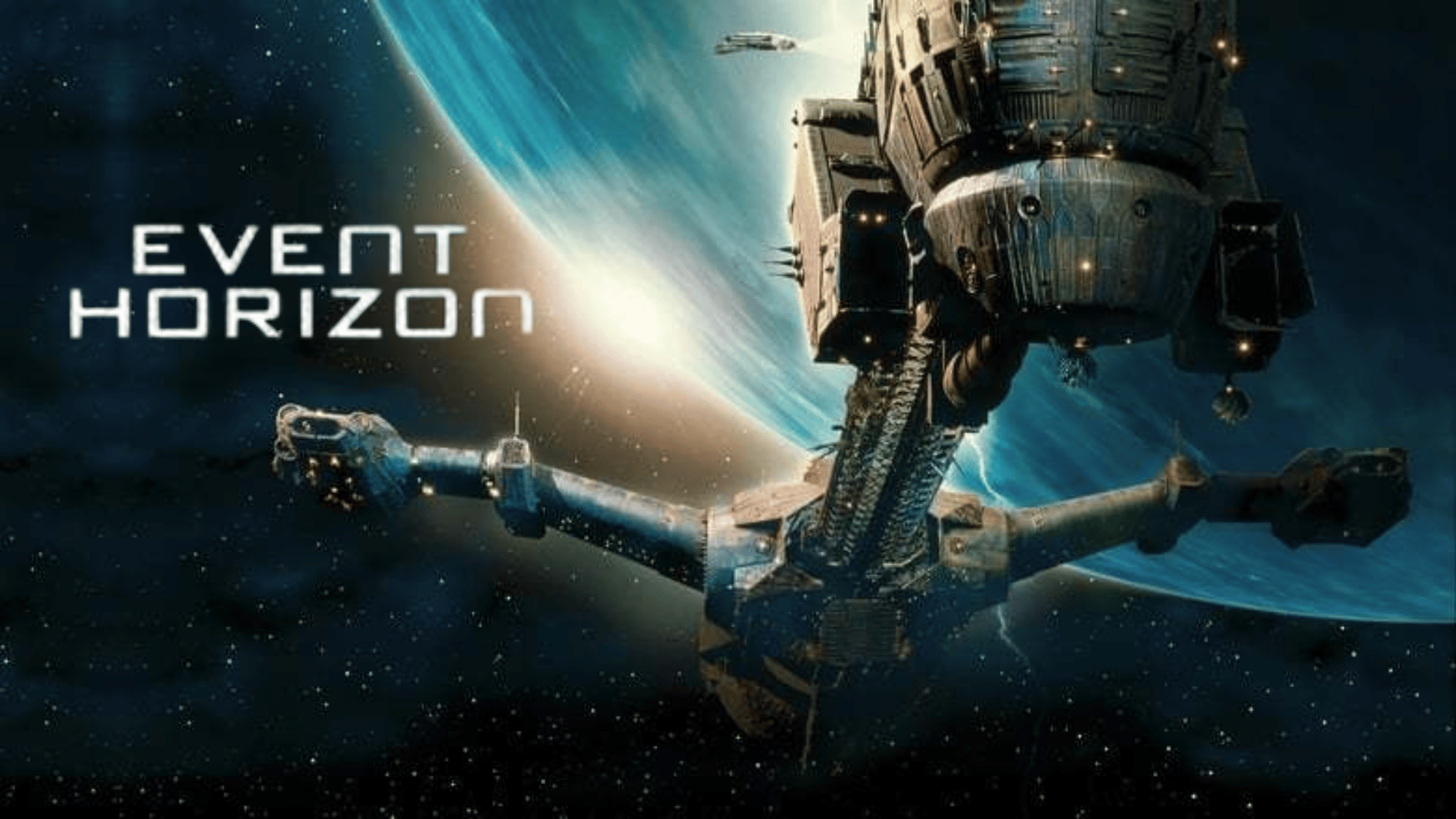“Every one of us is, in the cosmic perspective, precious. If a human disagrees with you, let him live. In a hundred billion galaxies, you will not find another.” – Carl Sagan, Cosmos
When people first watched Cosmos: A Personal Voyage, they were amazed by how it made space and science feel so close. Carl Sagan’s calm voice and simple words drew viewers in right away.
The show didn’t just talk about planets and stars; it made audiences feel part of something bigger. Every episode sparked a sense of wonder that stayed long after it ended.
For many, it became more than just a TV series; it became a reason to look up at the night sky with awe.
This blog looks at why Cosmos: A Personal Voyage touched so many hearts and continues to matter today.
About the Cosmos: A Personal Voyage
Cosmos: A Personal Voyage first aired on PBS in the United States in September 1980. It was a 13-part science TV series that shared the story of space, life, and the human journey through time.
It was written by Carl Sagan, Ann Druyan, and Steven Soter, and directed by Adrian Malone.
The series was produced by KCET Los Angeles and Carl Sagan Productions, with music by Vangelis, whose soft, emotional sounds became iconic.
The show was later broadcast in more than 60 countries and translated into over 30 languages, making it one of the most-watched science documentaries ever made.
Its success later inspired two follow-up series hosted by Neil deGrasse Tyson, Cosmos: A Spacetime Odyssey (2014) and Cosmos: Possible Worlds (2020), bringing Sagan’s vision to a new generation.
Meet Carl Sagan and the Team Behind Cosmos
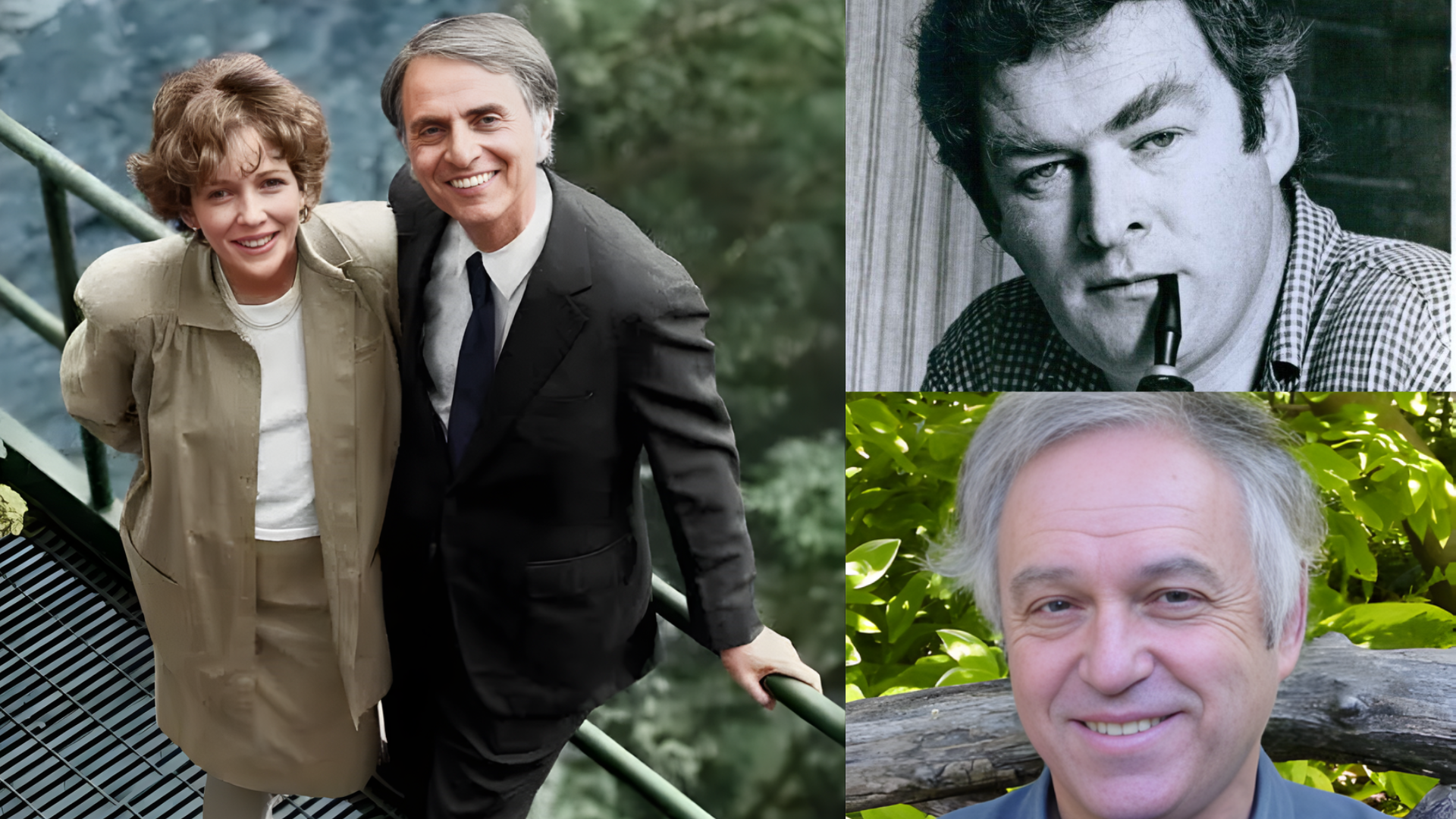
Carl Sagan was an astronomer, author, and teacher. He worked at Cornell University and was part of many NASA projects, including helping design the Voyager Golden Record, which carries messages from Earth into deep space.
Sagan’s greatest gift was his ability to make science human. When he said, “We are made of star stuff,” people everywhere began to see science not as something distant, but as something deeply personal.
He believed that curiosity is the start of knowledge and that science belongs to everyone, not just experts. His warmth and humility made millions of viewers fall in love with learning.
While Carl Sagan was the face of Cosmos, a talented team helped bring his vision to life.
- Ann Druyan (Sagan’s wife) helped write the episodes and later co-created Cosmos: A Spacetime Odyssey (2014) and Cosmos: Possible Worlds (2020).
- Steven Soter worked as a writer and scientific advisor.
- Adrian Malone directed and produced the show with a creative, cinematic style.
- Vangelis composed the powerful, emotional score that made the show unforgettable.
- KCET and PBS gave it the platform to reach audiences around the world.
Together, they created a show that made science beautiful, personal, and full of meaning.
Episode List
The original 1980 series of Cosmos: A Personal Voyage has 13 episodes, each sharing a different part of the story of space, life, and science.
1. The Shores of the Cosmic Ocean: A journey through the vast universe, introducing the “Ship of the Imagination.”
2. One Voice in the Cosmic Fugue: Explores life on Earth and the search for life beyond it.
3. Harmony of the Worlds: Tells the story of astronomers like Kepler and how they uncovered the laws of motion.
4. Heaven and Hell: Explains comets, meteors, and how planets form.
5. Blues for a Red Planet: Focuses on Mars and the human dream of reaching it.
6. Travellers’ Tales: Connects exploration on Earth with the spirit of space travel.
7. The Backbone of Night: Shows how ancient cultures studied the stars and built their myths.
8. Journeys in Space and Time: Breaks down Einstein’s theory of relativity in simple terms.
9. The Lives of the Stars: Describes how stars are born, shine, and die.
10. The Edge of Forever: Explains the Big Bang and the expanding universe.
11. The Persistence of Memory: Talks about evolution, DNA, and how knowledge is shared through time.
12. Encyclopaedia Galactica: Discusses communication with alien life and the SETI project.
13. Who Speaks for Earth?: Ends with a call for peace, care, and human responsibility for our planet.
Each episode mixes facts with emotion, turning science into a story that’s easy to understand and hard to forget.
Behind the Making of Cosmos
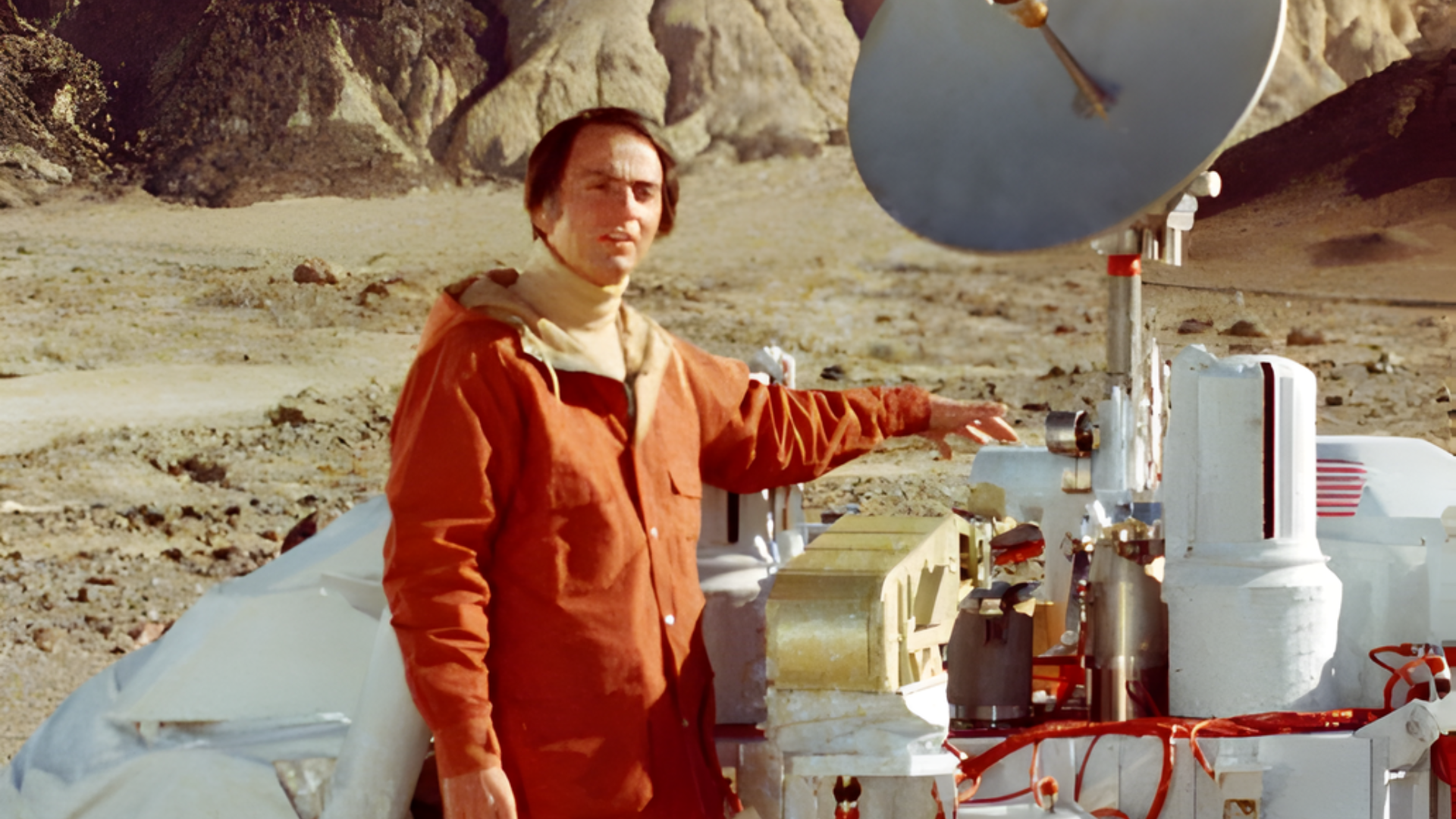
Image Source: Current
Creating Cosmos: A Personal Voyage took years of work and planning. Carl Sagan and his team wanted to make a science show that was both accurate and meaningful.
The crew filmed in many locations around the world, and real sites like the Library of Alexandria, European observatories, and NASA research centers were used to connect science with human history.
In 1980, the visuals were ahead of their time. The team used special effects, models, and early computer animation to show complex ideas such as how stars form and how galaxies move.
Real satellite images and time-lapse footage of Earth added realism and beauty.
The show’s balance of facts and feeling set a new standard for science documentaries, showing that learning could also be inspiring.
How Carl Sagan Changed Science TV
Carl Sagan’s words and ideas went far beyond his time on screen. His message still shapes how people see science and the world today.
The Message
Carl Sagan believed that learning about the universe could make people wiser and kinder.
He often said that science was not only about facts, but about understanding our place in the universe. His message was simple: Earth is our only home, and we must take care of it.
He wanted people to feel wonder, but also responsibility. His thoughts on the “Pale Blue Dot”, a photo of Earth from billions of miles away, captured this perfectly.
It reminded us how small and fragile our world is and how important it is to treat each other with care.
Impact on Science TV
Sagan’s approach changed science television forever. Before Cosmos, most science shows were short and serious.
After it, producers learned that science could also be emotional, creative, and inspiring. His influence led to new documentaries like Planet Earth, The Universe, and Through the Wormhole.
These shows followed Sagan’s example, mixing facts with feeling and showing that science is for everyone.
Even today, Cosmos: A Personal Voyage remains the model for sharing science with beauty, simplicity, and heart.
Awards and Achievements
Cosmos: A Personal Voyage won many major awards, including:
- Two Emmy Awards
- A Peabody Award
- Hugo Awards for Best Dramatic Presentation
The companion book, “Cosmos” by Carl Sagan, was published in 1980 and became a global bestseller. It won the Pulitzer Prize and is still one of the most-read science books ever written.
Conclusion
Cosmos changed how people see science and the world. Carl Sagan showed that learning about the universe can also teach us about ourselves.
His calm words and clear ideas still reach people decades later. The show reminds us that Earth is small, precious, and worth protecting.
It invites us to stay curious, keep learning, and look at the stars with hope.
Watch Cosmos: A Personal Voyage to feel that sense of wonder for yourself and see why it continues to inspire so many.







